Blog
Three Exercises for a STRONG Birth
Birthing a baby takes strength, power, resilience, and awareness, regardless of the method of delivery. I’ll add flexibility to that list because, no matter how you plan for your birth to go, so many factors are in play — between you, the baby, the birth environment, your support team, and your access to additional resources — that you need to be prepared for everything.
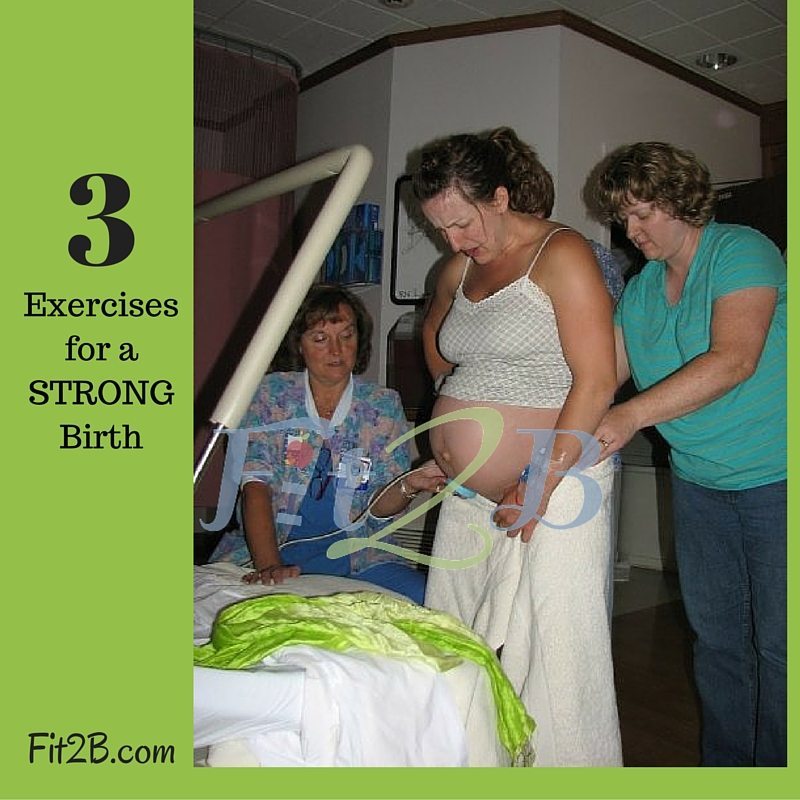
That’s me, the founder of Fit2B, about to have my son. My awesome sister is offering some lovely counter pressure to my hips. I pushed him out just a couple hours after this was taken.
I’m telling you, friends, no matter what kind of birth you’re planning, you’ll need to be physically prepared to change positions. You’ll be sitting, standing, squatting, or kneeling on all fours to work with your body and baby as the rushes (that’s a nicer word for bone shifting contractions) move your baby through your pelvis.
If you have a C-section, your abdominals will be cut through, and the stronger they are before that surgery, the faster you’ll recover.
Yeah, even if you’re planning to get an epidural, you’ll still need to work with your body and keep your labor progressing up until the time you get the medical pain relief … Unless you’re like my friend who was on her way to the hospital where she was hoping to get an epidural and ended up having her baby in the elevator. Then there are all my friends for whom the epidurals didn’t work, and they told me later they wished they’d paid better attention to the natural pain relief part of their childbirth class.
Here on Fit2B we have beautiful prenatal and postnatal fitness courses that will help your prepare for and recover from birth. but let me introduce you to the following 3 exercises. They are my faves when it comes to helping you have a stronger birth and recovery, whether your birth is medicated or unmedicated, surgical or vaginal, breech or sunny-side-up (like my daughter).
Knowing how to push right, having the strength to be in the position that is most comfortable for you during contractions — something you can’t know ahead of time! — being connected to your abdominals so your core can work for you and not against you — ALL of that is KEY to a successful, strong birth!
Here are three exercises you can work on NOW for a better birthing experience.
- Squatting
- Transverse Abdominis Engagement
- Side Bridge
You have the strength to carry a child on the inside, and you’ll have the strength to carry that child on the outside if you keep your body AND your mind strong. Your body was CREATED to give birth, to deliver life, to nurture life. You’ll know what to do in each moment of birth and beyond if you train for it strategically now.
I’m going to discuss some technique and considerations for each of these 3 exercises that I believe can help you have a stronger birth, but keep in mind that there is a LOT more which I go over in our home workout videos that members have access to here on Fit2B.
Squatting
I squatted at various times during both of my natural hospital labors. It was part of my very long type-written birth plan, and the doula-trained nurses were ready for me! With my daughter, I used a squatting bar. With my son, I had one arm around my husband’s neck and one around my friend’s neck while I squatted. My husband later said he was worried about me tearing his head completely off as I roared our son into the world.
Don’t assume you know how to squat just because you’ve watered a forest floor at some point in your life or you’ve done squats in your fitness class every week. It would be awful to come out of delivery with no tearing “down there” but the start of a tear in your knee cartilage! Good squatting form is something to practice and build strength for PRIOR to and during your pregnancy. It takes muscle, endurance, and a little know-how so you don’t wreck your knees while giving birth. Click here for a FREE video from Beth called “All the little things about squats.”
- The Plie Squat – Your knees and feet should both be aligned WIDE, just outside your hip line. Keep your toes and knees in line with each other, wherever your personal range of motion allows them to be. Find and practice your idea squat position BEFORE labor so your flexibility has improved enough for you to sink into it naturally when the urge comes. Don’t assume that you need to go deep. If you have tight hamstrings, a deep squat may cause you to tuck your hips under which would close your pelvic outlet. Your ideal squat will open your pelvis and not cause you any discomfort in your knees or crotch.
- Ball on Wall – Lean against a ball against a wall while doing regular squats, so that your body is upright, giving baby a straight shot. Be sure you can see your toes peeking out from under your knees. Squeeze your glutes on the way up. Exhale to engage your core through the whole down + up motion. If you feel any knee discomfort or vaginal pressure, adjust your stance.
Transverse Abdominus
Take a deep breath and let your belly expand slightly with air, like you’re filling a small balloon. Now exhale and pull your navel inward and upward toward your ribs like you’re lifting and hugging baby gently inside of you. You’re not trying to squish your fetus, so keep it lighter, not tighter.
This gentle hollowing motion utilizes your corset muscle, formally known as your transverse abdominus (TVA). During pregnancy, your TVA gets very stretched out, as do the rest of your ab muscles, leading to a natural diastasis recti.
Your diastasis will resolve easier and your abs will regain healthy tension MUCH faster if you can find your transverse, connect to it, use it during labor — and then do all that again soon after birth. In this season of life, knowing how to activate your transverse is more valuable than crunches and planks, because your TVA assists your uterus during labor. This deepest core muscle also helps the uterus return to its normal place after birth, and it’s known as your hourglass muscle because of how it shapes the waistline when it’s supporting your internal organs and spine correctly.
Side Bridge
Okay, this is one of my favorite exercises of all time. I was able to do it clear to the end of both of my pregnancies, and it’s a great alternative to the plank or crunches. Done correctly, with proper strategy, I believe it helps manage diastasis recti while also working your triceps, shoulders, medial glutes, obliques, and many more muscles than I wish to type right now!
We feature many side bridge (sometimes called the side plank) styles and alternatives in several different Fit2B home exercise videos. The photo above is from one of our kids routines. My favorite cue for this position is “lift your side ribs away from the floor.” My favorite way to progress the side plank is as follows:
- Torso supported on one elbow with knees bent and leg weight resting mainly on the side of one shin.
- Torso supported on one hand, arm straight, knees still bent.
- Lift and straighten the top leg. Practice raising it or pressing it into the ground with both arm variations.
- Torso supported on one elbow with knees straight and feet pressing outward as if standing.
- Lift and straighten the top leg again. Test your core’s stability while you still have your forearm’s support.
- Side bridge with both the arm and legs straight.
Remember: It’s never about high reps or holding things for a long time. It’s always about quality over quantity. We want to give your body a huge variety of exercises and teach you how to do them well a few times, for short holds, then we work on building your strength and endurance.
We’d love to offer you more information about subscribing as a member for access to 200+ workouts for all seasons of life. We are particularly keen to help women who are dealing with core dysfunction like diastasis recti, hernia and prolapse. We work closely with womens health PT’s to provide post-rehab fitness programming.
Our resources to help you connect with your core:
- Check Your Abs For Diastasis Recti — Knowing whether any abdominal separation exists or not is key to setting up your fitness program. All Fit2B workouts are diastasis-aware, providing tummysafe strategies for managing your intra-abomdinal pressure, during pregnancy and beyond!
- Hack Fit2B for all our FREE resources here — Sample a workout. Visit our Youtube and Roku channels. Download a printable. We have a lot for you to explore!
- The Fit2B Prenatal Fitness Program — If you want 35-40 of our best workouts + a couple months worth of solid structure and guidance, take a peek at our pre- and postnatal fitness programs that feature exercise videos tailored specifically to this season of your life. {Member note: You can find these routines in the Fit2B New Mom pathway.}


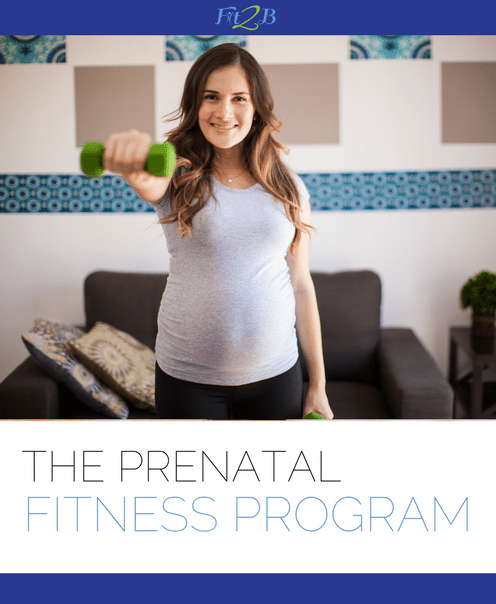
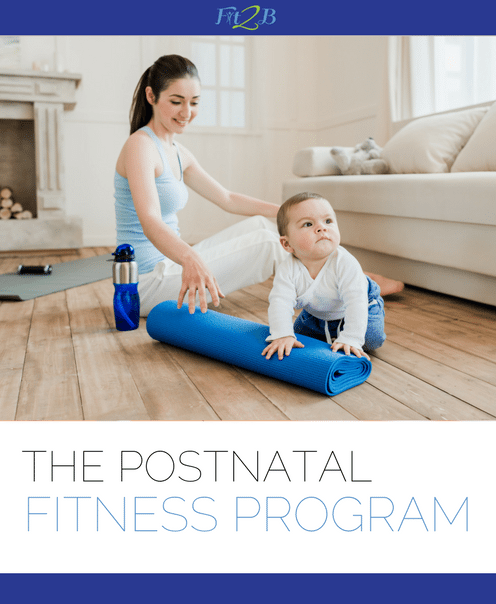

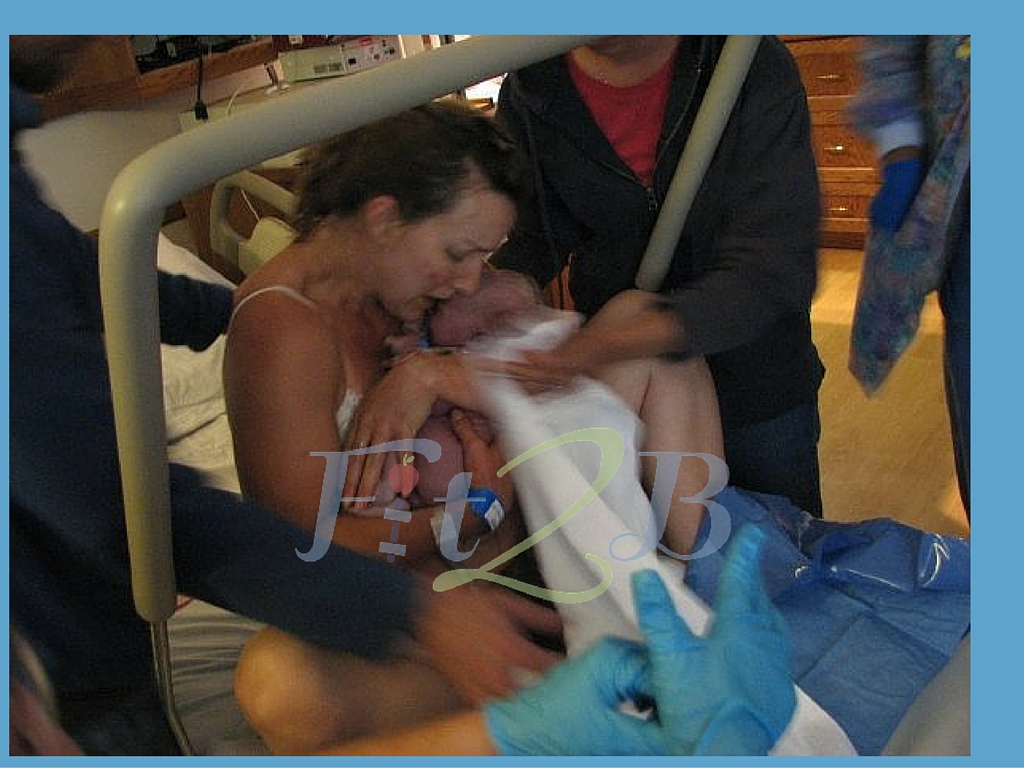
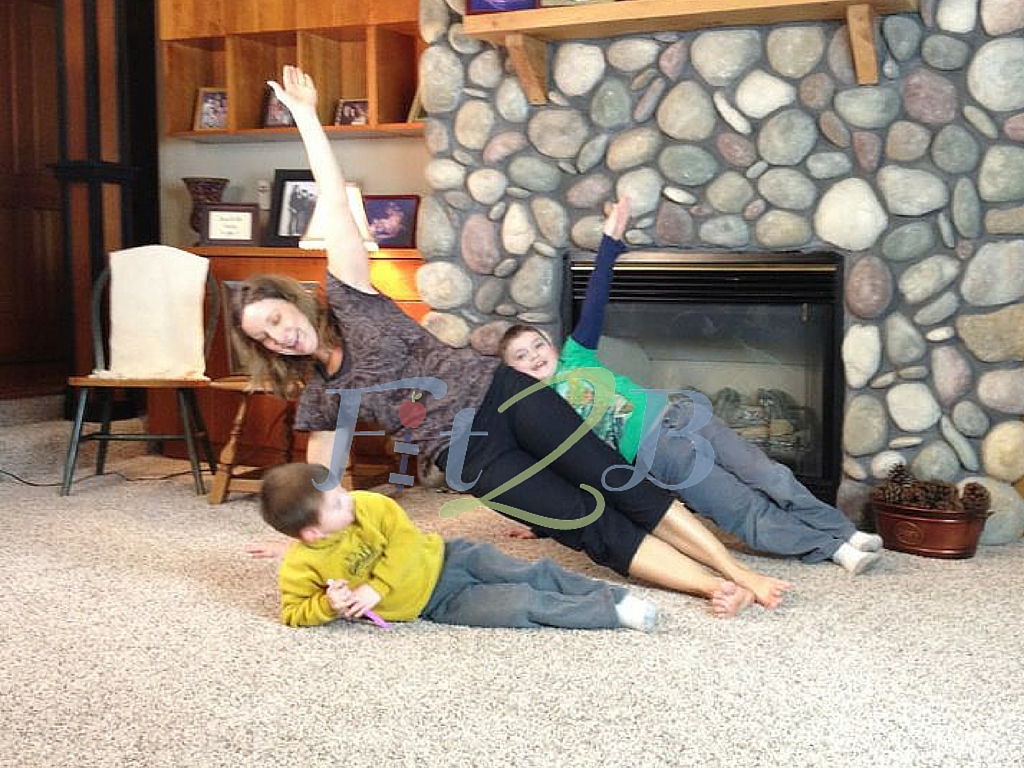
This is a great article Bethany! Fabulous advice & information & lovely photos 🙂
Thank you Wendy! The mutu article has a hyperlin,, but the color didn’t show up on the first round. I’ve received a request to provide a picture of a side plank, so i need to dig one up!
Thank you Bethany!!!!! have been doing squats, but the wrong way! Going to try side plank this afternoon. MY daughter loves to exercise with me so I am sure she will be trying it too. 🙂
Hey no worries about the link I just loved your post! I hope you won’t mind, but it reminded me of one I did a LONG time ago about my birth experiences… my birth plans were thrown out with the birth pool water & it absolutely didn’t go to plan :(( Big wake up call. Big lesson in… well lots of things! But the biggest lesson of all – if we’re strong we can cope. Hope you like it xx https://mutusystem.com/could-be-anything-youve-had-a-lot-of-drugs.html
Great article Bethany. Great minds think alike. Wait till you see my next 2 videos… 🙂
ITS BABY SETH…… I LOVE IT!!!
Thank you for this fantastic article! I sat on a ball for almost the entire last month this last time – that squatting position is amazing. I had not heard of Transverse Tightening!
Great article Bethany! I love that you included binding/splinting. I think most of my post-partum clients don’t realize that they actually have a separation (even a small one) and that it can be taken care of quickly if they splint and do the right exercises after childbirth. It inspired me to eventually designed a splint (the FITsplint) http://www.mombodfitness.com/fitsplint-post-natal.html because I couldn’t find a decent post-partum wrap/splint out there 🙂
Hey there! I’ve been reading your blog for a while now and finally got the bravery to go ahead and give you a shout out from Austin Tx! Just wanted to tell you keep up the good work!
Hmm, I thought I commented already but I’m not seeing it here… I was wondering if the link for correct pushing could be fixed. My due date is coming up here and I had some major horrible four hours of pushing with my first kid. Really enjoying your site! Thanks for sharing all that you have learned!
Lacy
I’m loving your site abs all the articles. thank you! I wonder if you saw Lacy’s comment above about fixing the link to “perfect pushing”. I’m very interested in that as well! I was always told to di it like “pushing out a big poo” (haha), and have birthed 2 children with that notion. I’m excited to learn the correct way 🙂
Hi adri, I’m glad you’re enjoying Fit2B !!! Unfortunately, links expire and businesses reroute their websites, so I’ll probably just have to take that one down unless I can figure out where her new url is. Meanwhile, I strongly recommend The Tummy Team’s prenatal core program! https://thetummyteam.com/on-line-education/programs/?ap_id=fit2b
Thank you for the wonderful exercises! I am very new to your site, but I’m trying to take it all in. I have diastis leftover from my second pregnancy, possibly my first, and am due soon with my third. I have also developed a cytocele this time around. Can you tell me if these exercises are safe to do with a prolapse? Trying for my third natural unmediated birth! ☺️
I am cerently eight months pregnant with my third baby it’s a boy and I gave birth too my daughter and son in a squatting position at home this will be my last home vaginally natural birth and I will give birth to him in a squatting position and my daughter and son both weighted 10 pounds and 12onces and 20inches long and they were both born big babies and they were both born with a big head and it took a lot of pushing to get both of them out and they were born with posterior shoulders my midwife ellena turned them then be born and I was in a squatting position for a couple of hours to get her and him out and another contraction came and his head was crowning ellena said do you want to feel his head momma I reach down to feel his head and his hair was dark and he was born with black hair and I pushed and pushed I growling making noises to get him out and another contraction came and I growling making noises to get the shoulders out and I gave another push for his shoulders and body came out ellena put him on my chest pushing him out was powerful and very beautiful experience and I will tell you about my second baby son’s birth due date is December 15th once he is born that is my birth story.
What beautiful stories! I got to feel my babies heads too. It was such a bonding, powerful experience!
Pingback: Exercising & Your Breasts | Fit2B Studio
Pingback: Guest Post: We Can Put Ourselves Back Together | Fit2B Studio